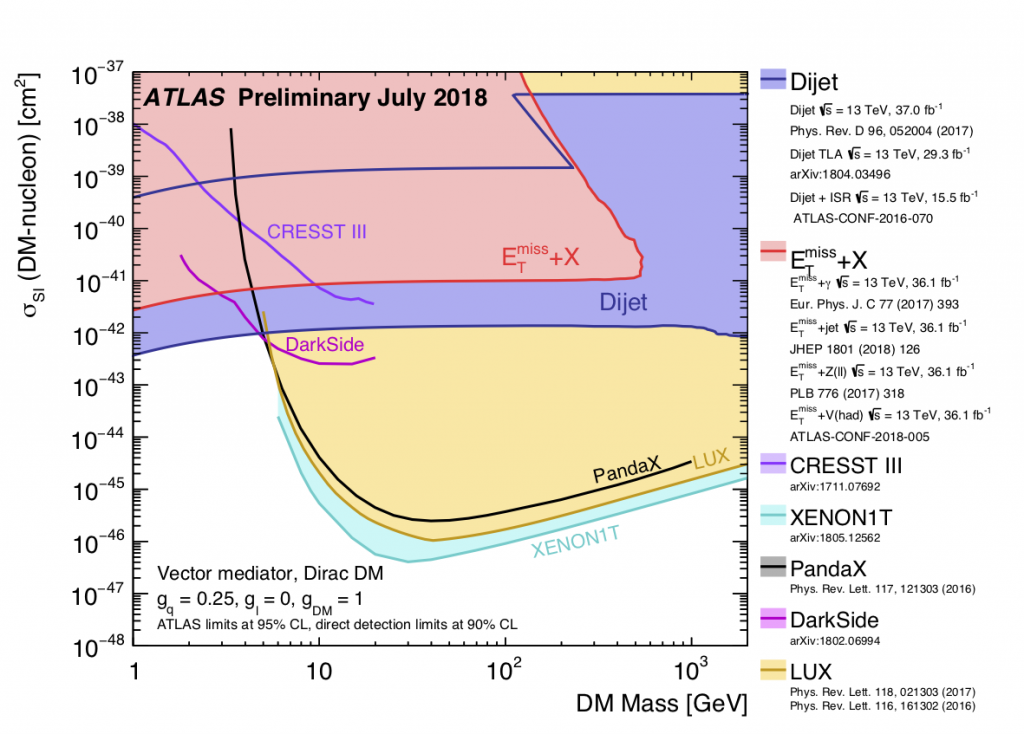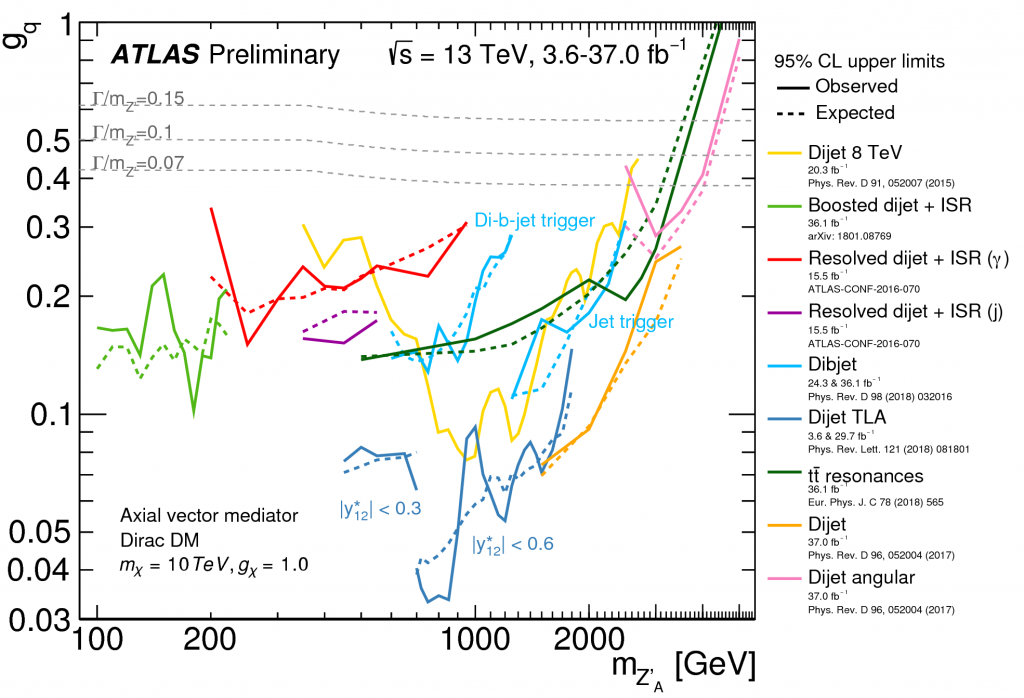The Standard Model has proven extremely successful, nevertheless experimental evidence points to it not being a complete description of our universe. The search for effect of new physics beyond the Standard Model is therefore a crucial component of the ATLAS experimental programme.
Though these searches have not yet found a significant signal, they have allowed physicists to place stringent constraints on different new physics scenarios. The discovery potential of the ATLAS experiment is far to be completely exploited and many new searches for new physics effects are going on or under design in order to exploit the large amount of data statistic already collected and and the much larger one that will be collected with an improved detector in the Run3 and Run4 of HLC from year 2021 and beyond.


Physicist in the ATLAS Rome group are involved in several different analysis in search for unexpected effects in ATLAS data. These effects can appears in many different ways, from striking signatures like a narrow resonant peak over a smooth background indicative of new physics, to more subtle effects that appears as feeble modifications on the measured missing transverse momentum, like in the typical analysis that search for possible Dark Matter particles produced in the LHC collisions, up to very anomalous and strange signals like the decays of light dark photons with very long lifetimes.